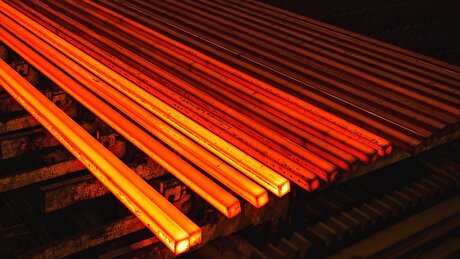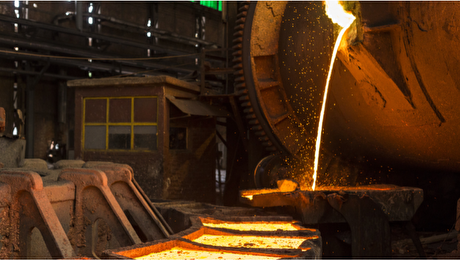
Q&A: Honeywell UOP envisions the refinery of the future
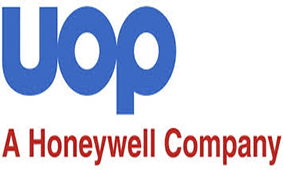
The key challenge for many export-oriented refineries is the growing number of new mega-refineries. As growth in emerging markets continues to drive demand for fuels, production from large new refineries is highly competitive with imported fuel. These new refineries are more efficient and can generate internal rates of return of 8 or 10pc, and many of these are even expanding into petrochemicals production, raising their returns to 20pc or more. So they can easily outperform export-dependent refineries.
Some of these traditional refiners also can compete with new refineries by moving into petrochemicals and adopting new business models and culture. But for those who don't, their best option is to seek out underserved markets with lower quality fuel specifications and which require less processing. This will buy them time, but it won't prevent them from one day losing these markets too.
Governments around the world are introducing carbon taxes as a means to reduce emissions. Is this an effective regulatory measure? How will it affect refinery investment decisions?
Many governments have looked seriously at taxation as a way to curb carbon emissions, but few have actually done it. In some cases, that may be due to political backlash, but even this is beginning to change. We're starting to see a cultural shift emerge, driven mainly through social media, progressive institutional investors and pragmatic boards of directors, particularly in developed regions. It's likely that government policies will follow these changes, especially if the efficacy of taxation can be demonstrated.
How can Honeywell support the reconfigurations of refineries around the world?
I believe Honeywell has one of the strongest configuration and optimisation teams in the world. Due to the sheer volume of work we do all over the world, we encounter more challenges and develop more solutions than others in our industry. We also benefit from having our process models and kinetic models embedded within the LP model, to develop the most economically sound solutions for our customers.
Because petrochemicals investments are so complex and expensive, properly staged investment strategies are really the only way refiners can manage their cash flow and develop an effective knowledge of petrochemicals markets. Customers recognise that we've become very good at helping them get the most out of their refining assets as they pivot into petrochemicals.
New integrated complexes are being designed to convert as much as two-thirds of their feedstock into petrochemicals. Why are more refiners now focused on downstream integration?
That's true and it's happening first, and most quickly, in China. It's being driven by entrepreneurial petrochemicals producers who are back-integrating into refining so they can secure reliable sources of feedstock. In addition, government policies on import permits and quotas and taxation, especially for petrochemicals producers, provide effective incentives to devote more of every barrel of crude oil towards petrochemicals production.
At the same time, many firms in the Middle East are working to diversify their operations from a singular dependency on crude oil production and using the proceeds from that production to invest in self-sufficiency in fuels and other products with more sustainable economic returns. But going in for 50 or 70pc integration into petrochemicals is not for the faint of heart. It takes a lot of cash, and aptitude in petrochemicals markets, to make this happen. The key to success lies in smart and swift project execution, and properly staged investment planning.
What will the refinery of the future look like?
The challenge in front of technology firms today is developing solutions that allow operating companies to do more with less. It is not enough to simply design a complex to produce 100pc net petrochemicals with a sufficiently acceptable return on investment. The way those processes work offers huge competitive advantages in terms of efficiency. Process intensification has been discussed for years now, and markets are starting to drive a lot of innovation. If a complex will be making less fuels, or none at all, fractionation and recovery designs will look quite different than in the past. At UOP, we use a framework based on "six efficiencies" to show how technology can serve our customers' business plans.
We look at the efficiency of carbon, to ensure we're putting the right molecules in the right processes to reduce the amount of work that's required to produce the greatest value. We look at the efficiency of hydrogen, putting it on and taking it off as few times as possible. We look at reducing utilities and emissions and treating water as a scarce resource. And these five efficiencies determine the sixth, which is measuring the efficiency of capital, where the right economic solution is identified for the customer's business model. In the end, the refinery of the future is about consistently capturing growth.

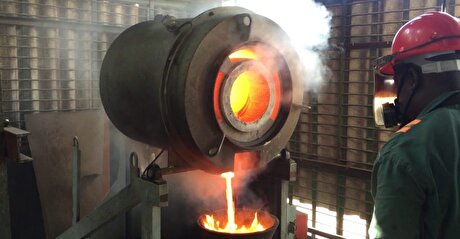
Zimbabwe labs overwhelmed as gold rally spurs exploration, miner says

Cochilco maintains copper price forecast for 2025 and 2026
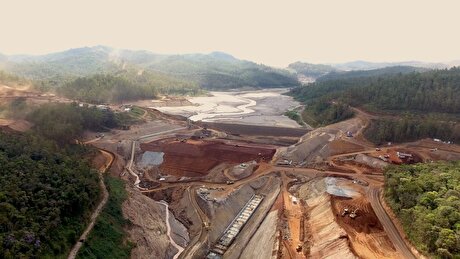
Samarco gets court approval to exit bankruptcy proceedings

Gold price stays flat following July inflation data

Mosaic to sell Brazil potash mine in $27M deal amid tariff and demand pressures

HSBC sees silver benefiting from gold strength, lifts forecast
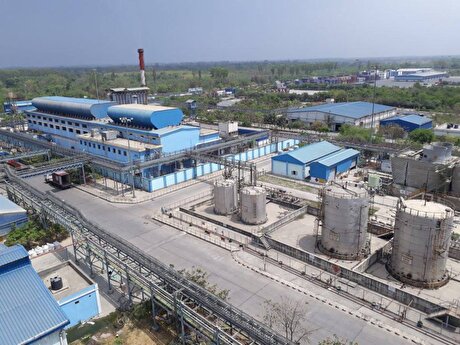
Hindustan Zinc to invest $438 million to build reprocessing plant
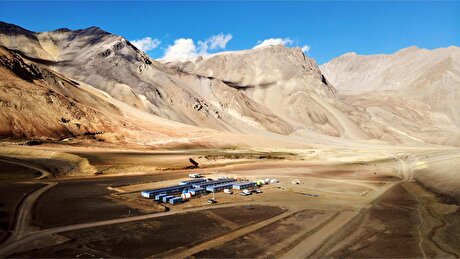
Glencore seeks $13 billion in incentives for Argentina copper projects
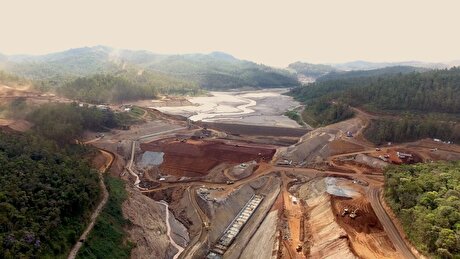
Samarco gets court approval to exit bankruptcy proceedings

Roshel, Swebor partner to produce ballistic-grade steel in Canada
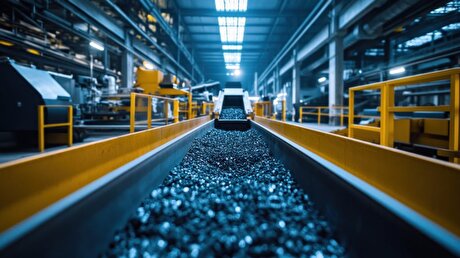
EverMetal launches US-based critical metals recycling platform
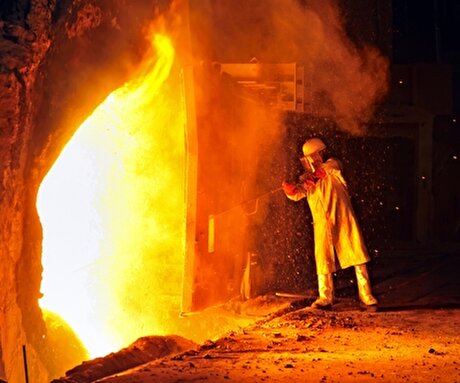
Iron ore price dips on China blast furnace cuts, US trade restrictions

Afghanistan says China seeks its participation in Belt and Road Initiative

Gold price edges up as market awaits Fed minutes, Powell speech
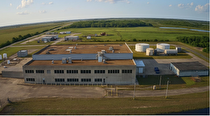
Flash Metals USA advances critical minerals recovery plant in Texas
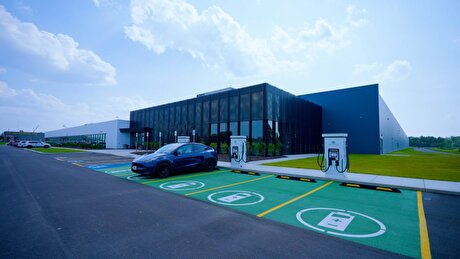
Glencore trader who led ill-fated battery recycling push to exit
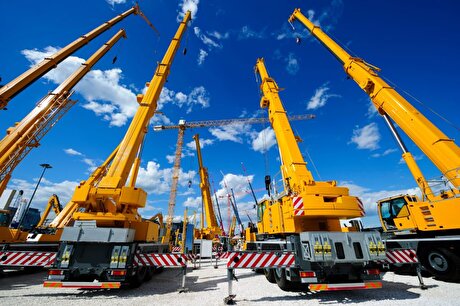
US hikes steel, aluminum tariffs on imported wind turbines, cranes, railcars
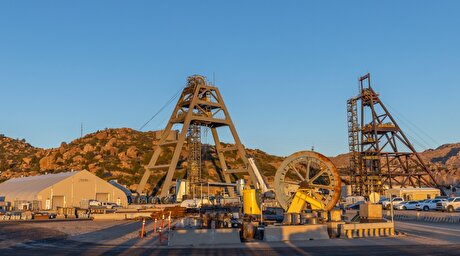
US appeals court temporarily blocks land transfer for Resolution Copper

Glencore seeks $13 billion in incentives for Argentina copper projects

EverMetal launches US-based critical metals recycling platform

Iron ore price dips on China blast furnace cuts, US trade restrictions

Afghanistan says China seeks its participation in Belt and Road Initiative

Gold price edges up as market awaits Fed minutes, Powell speech

Flash Metals USA advances critical minerals recovery plant in Texas

Glencore trader who led ill-fated battery recycling push to exit

US hikes steel, aluminum tariffs on imported wind turbines, cranes, railcars

US appeals court temporarily blocks land transfer for Resolution Copper

Glencore seeks $13 billion in incentives for Argentina copper projects
